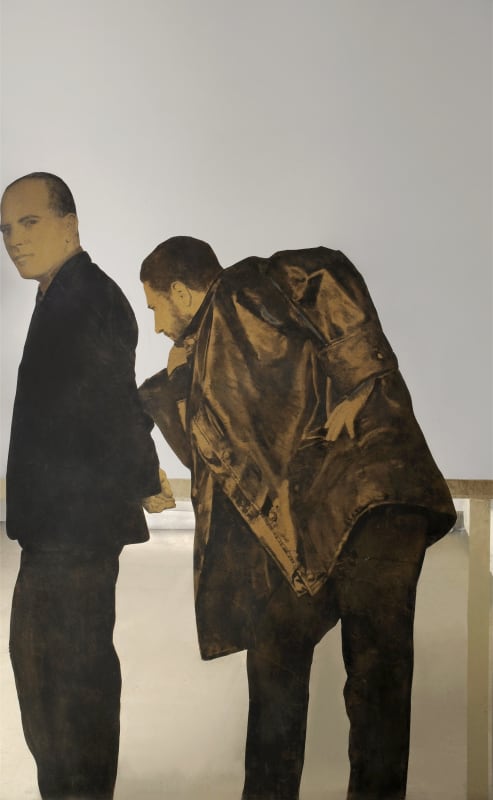Fondazione Prada presents an extensive retrospective dedicated to Italian artist Pino Pascali. The project aims to examine the innovative scope of Pascali’s work, particularly his sculpture, which, over the last five decades, has had a substantial impact on several generations of artists and critics and continues to attract the growing attention of an international audience.
The exhibition, curated by Mark Godfrey, is divided into four sections, each presenting a unique perspective on Pascali’s work, and unfolds through three buildings of the Milan venue: the Podium, the Nord and the Sud galleries. The set design, conceived by 2×4, includes forty-nine works by Pino Pascali from Italian and international museums and distinguished private collections; nine artworks by prominent post-war artists; selected photographs and a video portraying Pascali with his works.
Born in Bari, Italy, in 1935, Pascali moved to Rome in 1955 to study scene painting and set design at the Accademia di Belle Arti di Roma. He worked as an assistant scenic designer in many television productions of the Italian broadcaster Rai. He also collaborated as a set and graphic designer with cinema and advertising companies. In 1965, Galleria La Tartaruga in Rome hosted his first solo show. In 1968, Pascali died tragically in a motorcycle accident at the age of thirty-two, in the same year as his solo presentation at the Venice Art Biennale.
As Mark Godfrey writes in his exhibition catalog essay, “Pascali explored the relationship of sculpture and stage props, and contrasted sculpture with functional objects. Works that looked from a distance like readymades revealed themselves close-up to be constructed from found materials. Pascali thought about what a ‘fake’ or ‘feigned’ sculpture could be. He titled pieces as if they were solid masses, winking to his audiences who knew they were empty volumes. He used the natural elements of earth and water alongside construction materials like Eternit fiber cement panels and divided his seas and fields into units with repeated measurements. Pascali brought new consumer products and synthetic fabrics to the studio to fashion animals, traps, and bridges. There is no doubt whatsoever as to the complexity of his approach to sculpture, and yet the genius and originality of his contribution lies somewhere else. Pascali is important today because he was an ‘exhibitionist’. […] Pascali recognized that the postwar artist had to devote as much of their energies to exhibition-making as to refining their work in the studio.”
The exhibition is divided into four sections. The first looks at the way Pascali approached his solo exhibitions between 1965 and 1968, creating imaginative environments rather than just selections of works from his studio. The second part shows how he made strategic contributions to important group shows in these years. This section also includes works by other artists who exhibited alongside him. The third section examines the way he performed with his sculptures in photographs taken by Claudio Abate, Andrea Taverna, and Ugo Mulas, and how these photographs suggested imaginative ways of approaching his works. The fourth section looks at Pascali’s natural and industrial materials understanding where he got them from, what they were used for in commerce, which other artists were also using them, and what has happened to them over time.

